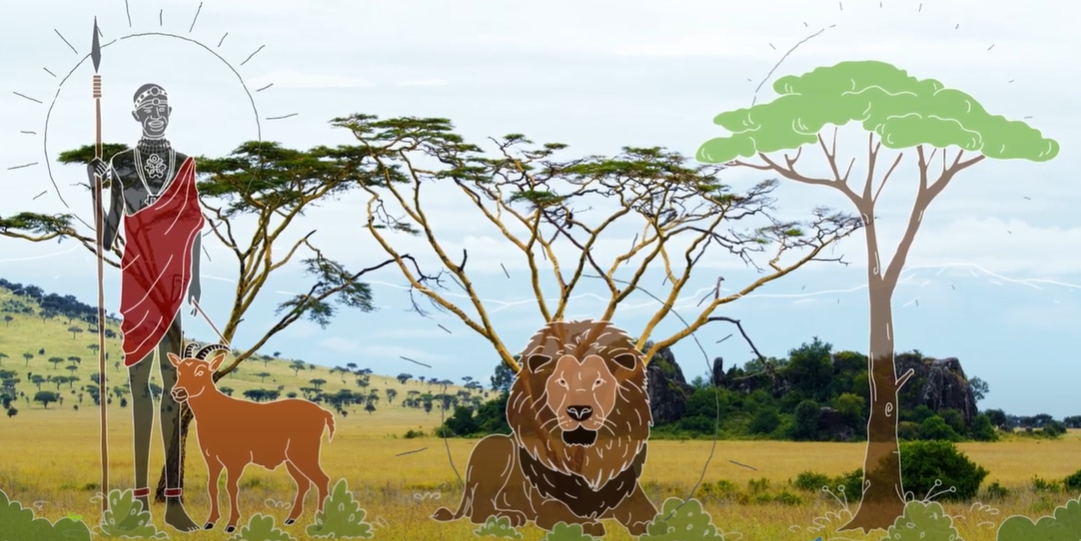World Wildlife Day: 2024 Webinar

Bridging People and Planet: Exploring Digital Innovations in Wildlife Conservation
To mark World Wildlife Day 2024, WOAH hosted an interactive webinar on the theme, “Bridging People and Planet: Exploring Digital Innovations in Wildlife Conservation.” During this engaging one-hour session, we explored the power of digital innovation in wildlife conservation.
Touching on wildlife health information systems to cutting-edge data analytics, panellists from leading wildlife health surveillance projects shared insights on how technology is transforming wildlife disease surveillance and conservation efforts worldwide.
Key discussion points:
- The role of digital tools in wildlife disease surveillance and conservation
- Success stories of digital innovations in action
- Challenges and opportunities in implementation
- Innovative data initiatives for better wildlife disease surveillance and conservation strategies
100 years of WOAH and wildlife

In its 100 years of existence, WOAH has broadened its focus to include wildlife, believing that animal health and wildlife health are integral to the planet’s life support system.
WOAH is the global authority on animal health. Through our Wildlife Health Framework, we aim to strengthen Member’s capacity to manage the health of wildlife. We notably develop guidelines to accompany our Members in the surveillance of wildlife health. Working alongside conservation organisations, we leverage resources and expertise to coordinate efforts more effectively and promote knowledge in this field.
Host
- Keith Hamilton, Head of the Preparedness and Resilience Department — WOAH.
Panellists
- Shaun Martin — WWF, Hong Kong, Zoonotic Risk Predictor system.
The ZRP uses machine learning algorithms to analyze data and identify patterns in specific areas to predict the risk of new disease emergence. (Development Ongoing) - Krysten L. Schuler — University of Cornell, USA, The CWD data Warehouse.
The CWD Data Warehouse is a platform for chronic wasting disease (CWD) surveillance planning and data management for state and provincial wildlife agencies. - Nicholas A. Hollingshead — University of Cornell, USA, The CWD data Warehouse
The CWD Data Warehouse is a platform for chronic wasting disease (CWD) surveillance planning and data management for state and provincial wildlife agencies. - Ellie Graeden — Georgetown University, USA, PHAROS.
The Pathogen Harmonized Observatory (PHAROS) is an open-access database of wildlife disease surveillance. - Paolo Calistri — Institute Zooprofilattico Sperimentale (IZS) dell’Abruzzo e del Molise, Italy, PROVNA Project
The PROVNA project aims to help countries in North Africa target their surveillance on Rift Valley fever, by tapping into remote sensing and earth observation data. - Dmitry Schigel— Global Biodiversity information facility, Denmark.
GBIF—the Global Biodiversity Information Facility—is an international network and data infrastructure funded by the world’s governments and aimed at providing anyone, anywhere, open access to data about all types of life on Earth.
X (Twitter) accounts: @GBIF, @dschigel
About World Wildlife Day
Every year, in March, the global community celebrates World Wildlife Day to shine a light on issues impacting wild animals and plants and their conservation.
Join the conversation on social media using
#WWD2024
